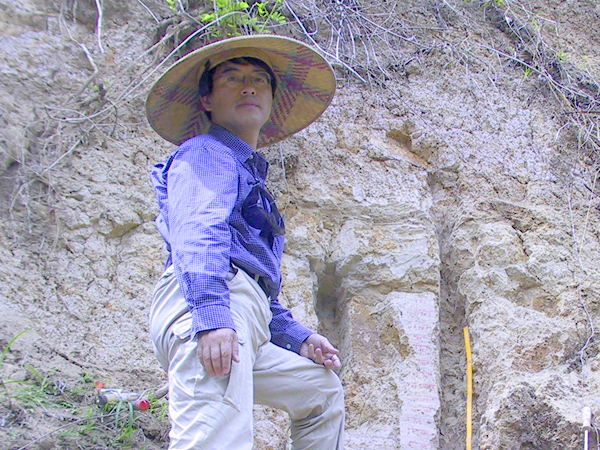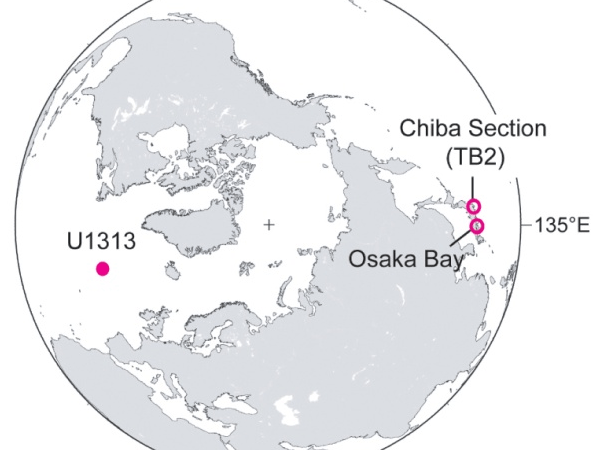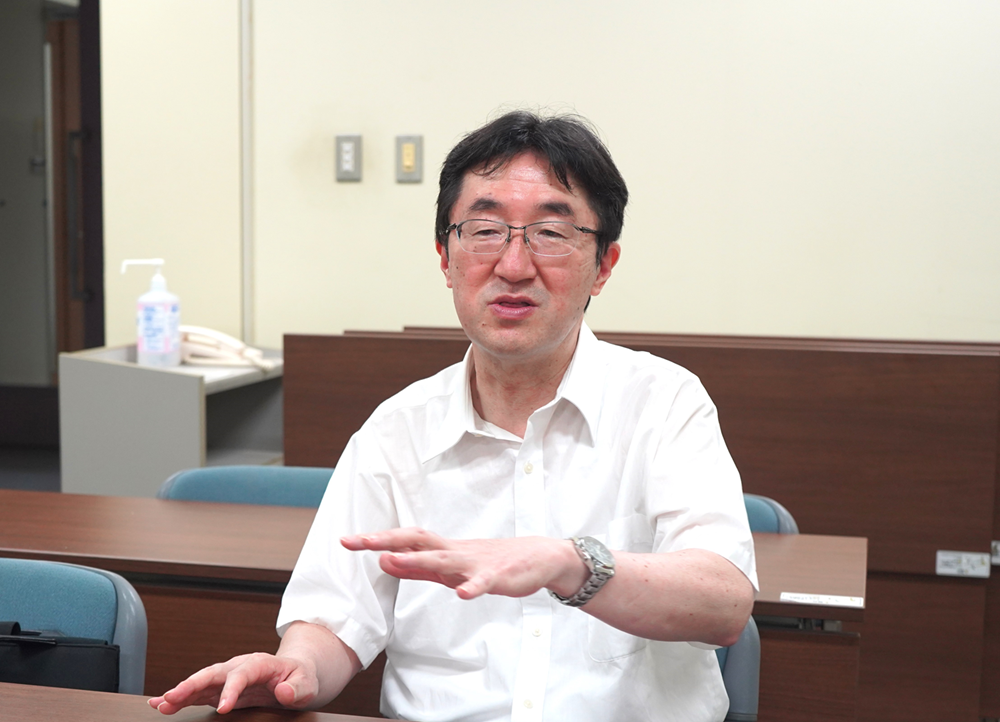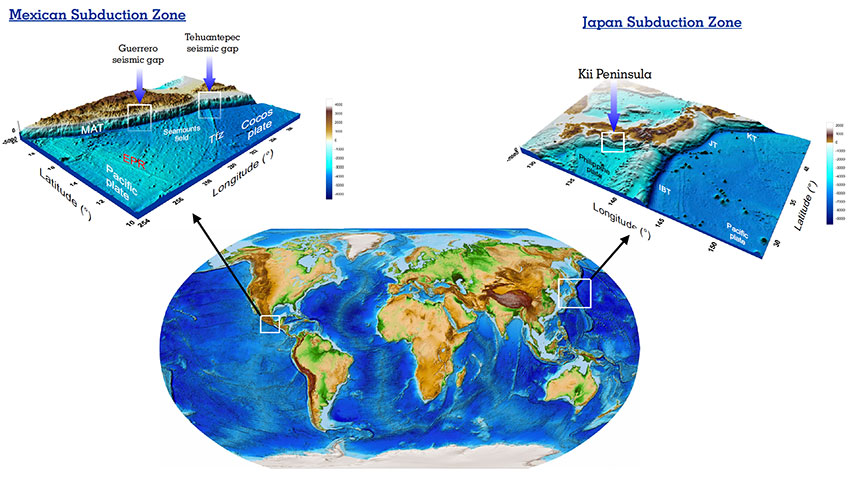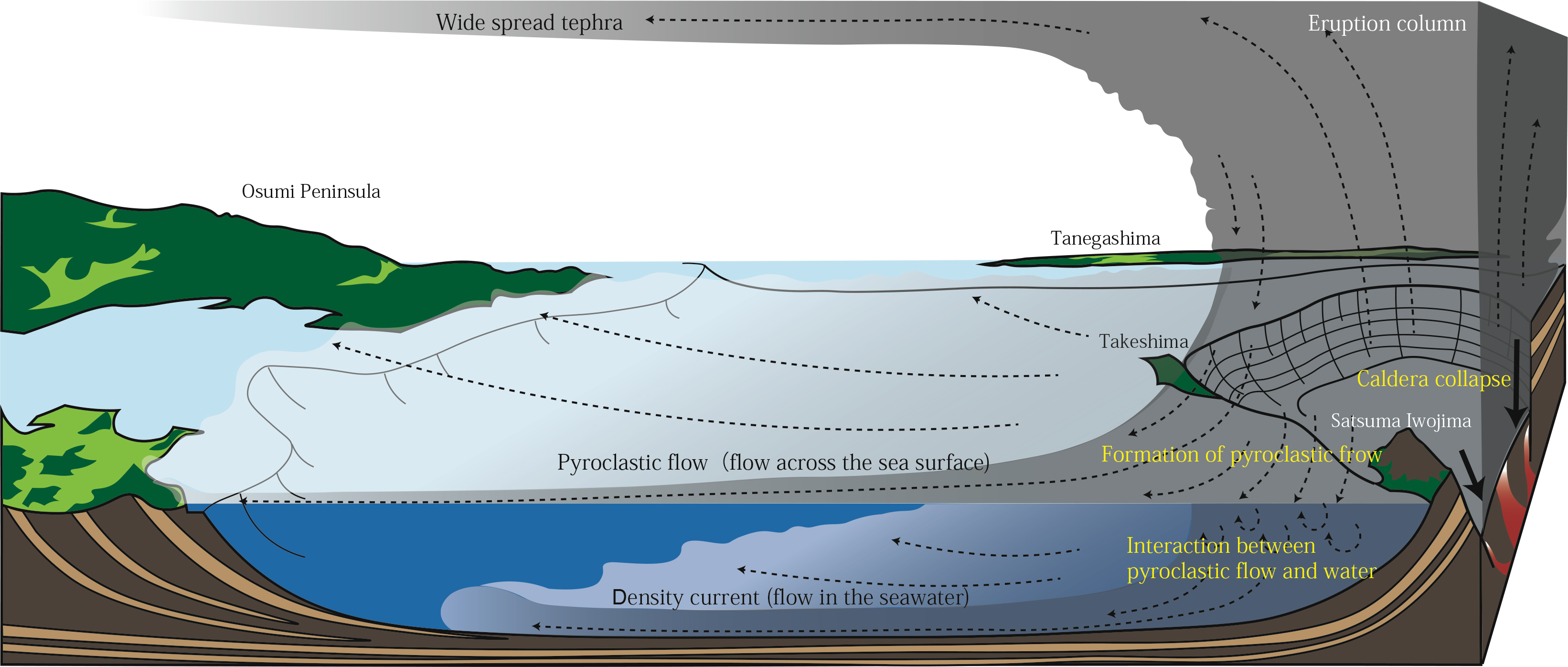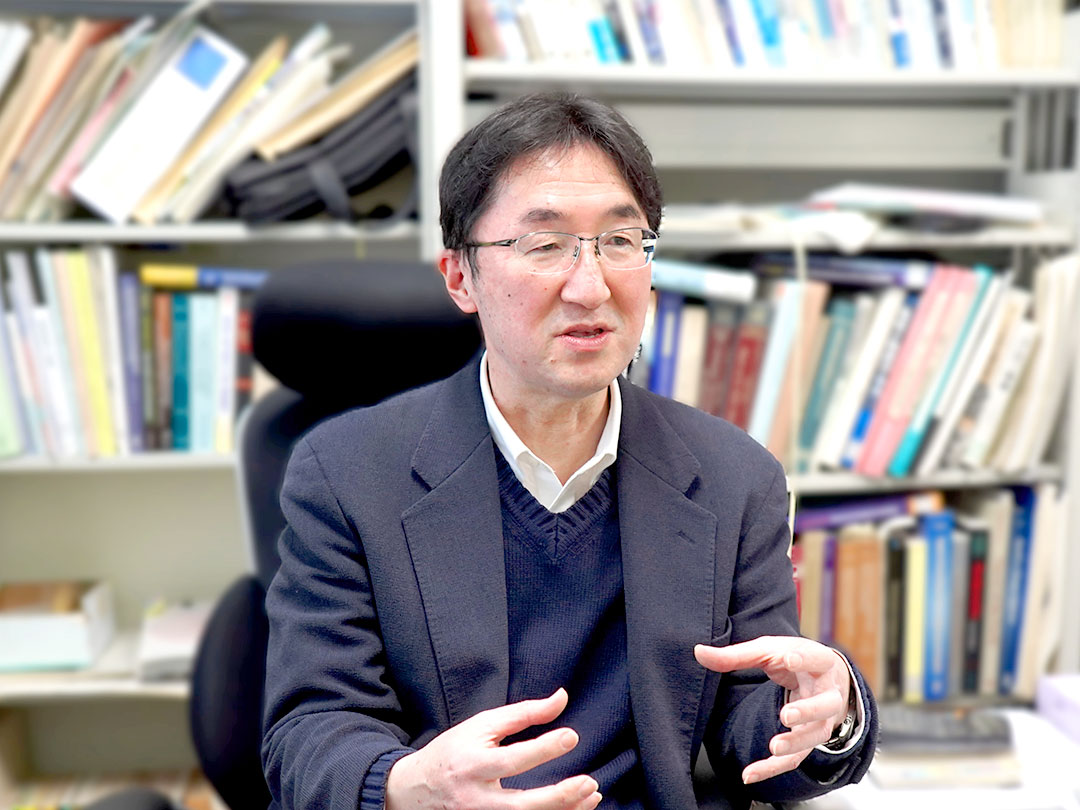New evidence suggests that high-energy particles from space known as galactic cosmic rays affect the Earth’s climate by increasing cloud cover, causing an “umbrella effect”.
When galactic cosmic rays increased during the Earth’s last geomagnetic reversal transition 780,000 years ago, the umbrella effect of low-cloud cover led to high atmospheric pressure in Siberia, causing the East Asian winter monsoon to become stronger. This is evidence that galactic cosmic rays influence changes in the Earth’s climate. The findings were made by a research team led by Professor Masayuki Hyodo (Research Center for Inland Seas, Kobe University) and published on June 28 in the online edition of Scientific Reports.
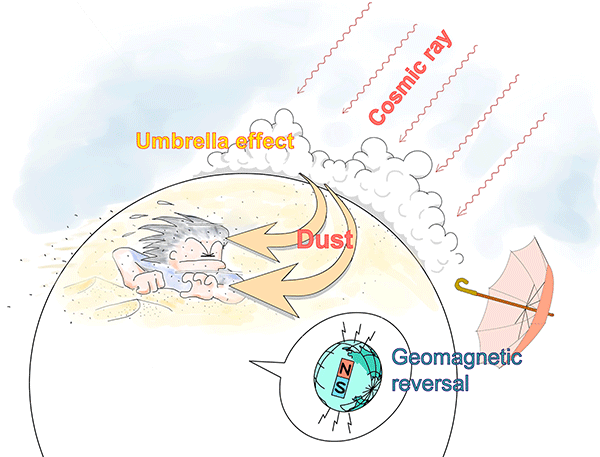
The Svensmark Effect is a hypothesis that galactic cosmic rays induce low cloud formation and influence the Earth’s climate. Tests based on recent meteorological observation data only show minute changes in the amounts of galactic cosmic rays and cloud cover, making it hard to prove this theory. However, during the last geomagnetic reversal transition, when the amount of galactic cosmic rays increased dramatically, there was also a large increase in cloud cover, so it should be possible to detect the impact of cosmic rays on climate at a higher sensitivity.
In the Chinese Loess Plateau, just south of the Gobi Desert near the border of Mongolia, dust has been transported for 2.6 million years to form loess layers – sediment created by the accumulation of wind-blown silt – that can reach up to 200 meters in thickness. If the wind gets stronger, the coarse particles are carried further, and larger amounts are transported. Focusing on this phenomenon, the research team proposed that winter monsoons became stronger under the umbrella effect of increased cloud cover during the geomagnetic reversal. They investigated changes in particle size and accumulation speed of loess layer dust in two Loess Plateau locations.
In both locations, for about 5000 years during the geomagnetic reversal 780,000 years ago, they discovered evidence of stronger winter monsoons: particles became coarser, and accumulation speeds were up to > 3 times faster. These strong winter monsoons coincide with the period during the geomagnetic reversal when the Earth’s magnetic strength fell to less than ¼, and galactic cosmic rays increased by over 50%. This suggests that the increase in cosmic rays was accompanied by an increase in low-cloud cover, the umbrella effect of the clouds cooled the continent, and Siberian high atmospheric pressure became stronger. Added to other phenomena during the geomagnetic reversal – evidence of an annual average temperature drop of 2-3 degrees Celsius, and an increase in annual temperature ranges from the sediment in Osaka Bay – this new discovery about winter monsoons provides further proof that the climate changes are caused by the cloud umbrella effect.
“The Intergovernmental Panel on Climate Change (IPCC) has discussed the impact of cloud cover on climate in their evaluations, but this phenomenon has never been considered in climate predictions due to the insufficient physical understanding of it”, comments Professor Hyodo. “This study provides an opportunity to rethink the impact of clouds on climate. When galactic cosmic rays increase, so do low clouds, and when cosmic rays decrease clouds do as well, so climate warming may be caused by an opposite-umbrella effect. The umbrella effect caused by galactic cosmic rays is important when thinking about current global warming as well as the warm period of the medieval era.”
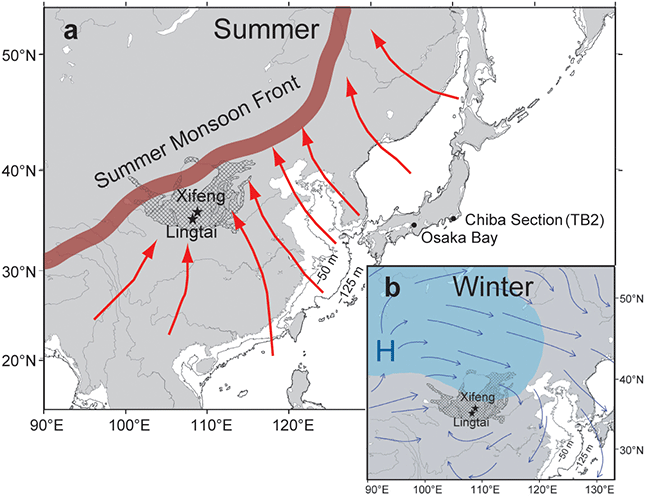
The shaded area shows the Chinese Loess Plateau. The star marks are the locations surveyed: Lingtai (35.04°N, 107.39°E) and Xifeng (35.45°N, 107.49°E)
(a) Summer monsoon
(b) Winter monsoon. The blue region shows the area of the Siberian High. The red and blue arrows indicate the summer and winter monsoon directions, respectively.
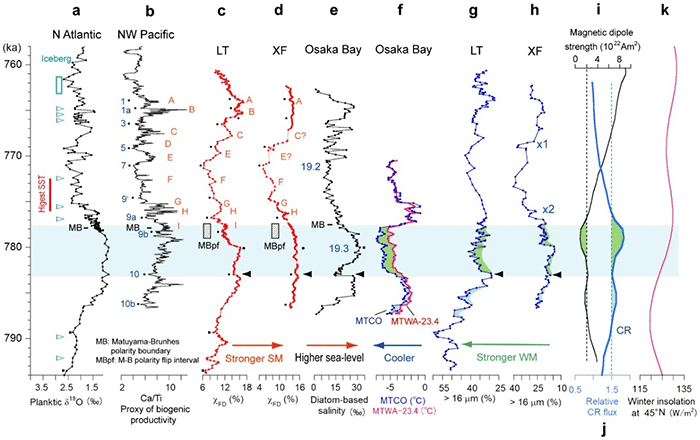
(a) North Atlantic paleoceanic environment.
(b) Northwest Pacific (Chiba Section) paleoceanic environment.
(c) Lingtai summer rainfall.
(d) Xifeng summer rainfall.
(e) Osaka Bay sea levels.
(f) Osaka Bay mean temperature of the warmest month (MTWA), mean temperature of the coldest month (MTCO).
(g) Lingtai winter monsoon strength.
(h) Xifeng winter monsoon strength.
(i) Magnetic dipole strength.
(j) Cosmic ray flux.
(k) Winter insolation at 45 degrees north. The blue bar shows the period of the intensified winter monsoon in the Loess Plateau and the cooling event in Osaka Bay.
Journal Information
- Title
- “Intensified East Asian winter monsoon during the last geomagnetic reversal transition”
- DOI
- 10.1038/s41598-019-45466-8
- Authors
- Yusuke Ueno1, Masayuki Hyodo1,2,*, Tianshui Yang3, Shigehiro Katoh4
1 Department of Planetology, Graduate School of Science, Kobe University
2 Research Center for Inland Seas, Kobe University
3 China University of Geosciences
4 Museum of Nature and Human Activities, Hyogo
*Corresponding author - Journal
- Scientific Reports





